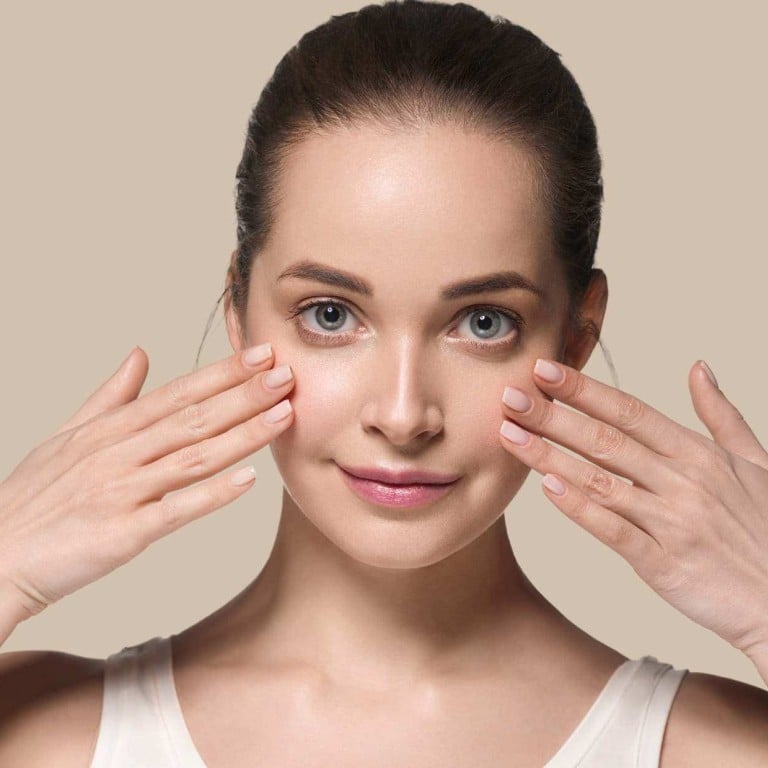Advertisement
Advertisement
Advertisement
Are under-eye fillers better for dark circles than eye creams? Vitamin C and retinol can do wonders topically, but they still don’t compare to the instant results from injectables for an instant fix
STORYCarolina Malis

- Under-eye circles can arise from various factors, from a lack of sleep or hydration to genetics and natural ageing – so how can we get rid of them with the help of the beauty industry?
- Eye creams from brands like Sulwhasoo and Paula’s Choice are good to use in the long term, but if you’re looking for something instant and noticeable, under-eye fillers can be a more suitable option
Considered one of the most common concerns within the skincare universe, under-eye circles can arise from various factors, such as genetics, the natural ageing process, or even lifestyle elements like sleep and hydration.
However, an important question emerges amid the appeal of injectables dominating the beauty landscape: can eye creams really work their magic, or is it time to embrace fillers?
The delicate skin under our eyes is one of the first to show signs of ageing, with crow’s feet as the opening act, and even when eye creams may help this area look plumper, their formulas might not wield the potency needed to truly meet our under-eye needs.
What can and can’t eye creams do?

Advertisement
The realm of eye care features various gels, creams, sera and patches. While creams tend to reign supreme, their main power leans towards hydration and firmness.
“When talking about dark circles, what makes them so hard to treat is, on one side, the wide range of factors that can contribute to their existence, like allergies, volume loss, skin thinning, genetics and hyperpigmentation,” says Kacie Robinson, a certified APRN (advanced practice registered nurse) and aesthetic injector at The Wellness Club, “and on the other side, how tricky it can be to distinguish them from puffiness and bags, which can lead to choosing the wrong approach to tackle them”.

That’s why most experts recommend focusing on certain ingredients that have been proven to help boost the under-eye area, such as vitamin C and retinoids. Even then, the question remains: can eye creams get rid of your dark circles completely?
Most likely not, and although quality formulas can lighten dark circles, decrease puffiness and tackle wrinkles, if you’re pursuing significant changes, you may need in-office treatments to help out – especially if genetics are a contributor.
How do under-eye fillers work?

Carolina Malis is a New York-based contributor for Style by SCMP, covering beauty, wellness, celebrity, travel, fashion and lifestyle. Her freelance work has also appeared in Teen Vogue, i-D, Cosmopolitan US, Nylon, Vice, Harper's Bazaar Chile, Apartment Therapy, The Zoe Report, Remezcla and Soompi. Born and raised in Chile, she's also a digital content producer and consultant, working with brands, marketing teams and publications in North America, Latin America and Asia to develop social media strategies and content creation.
/ READ MORE /





